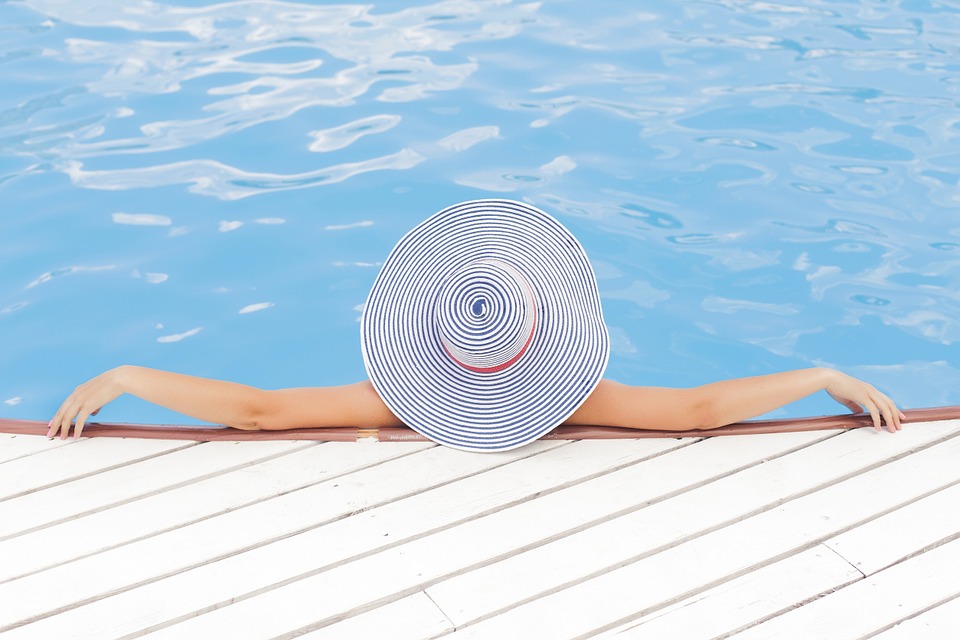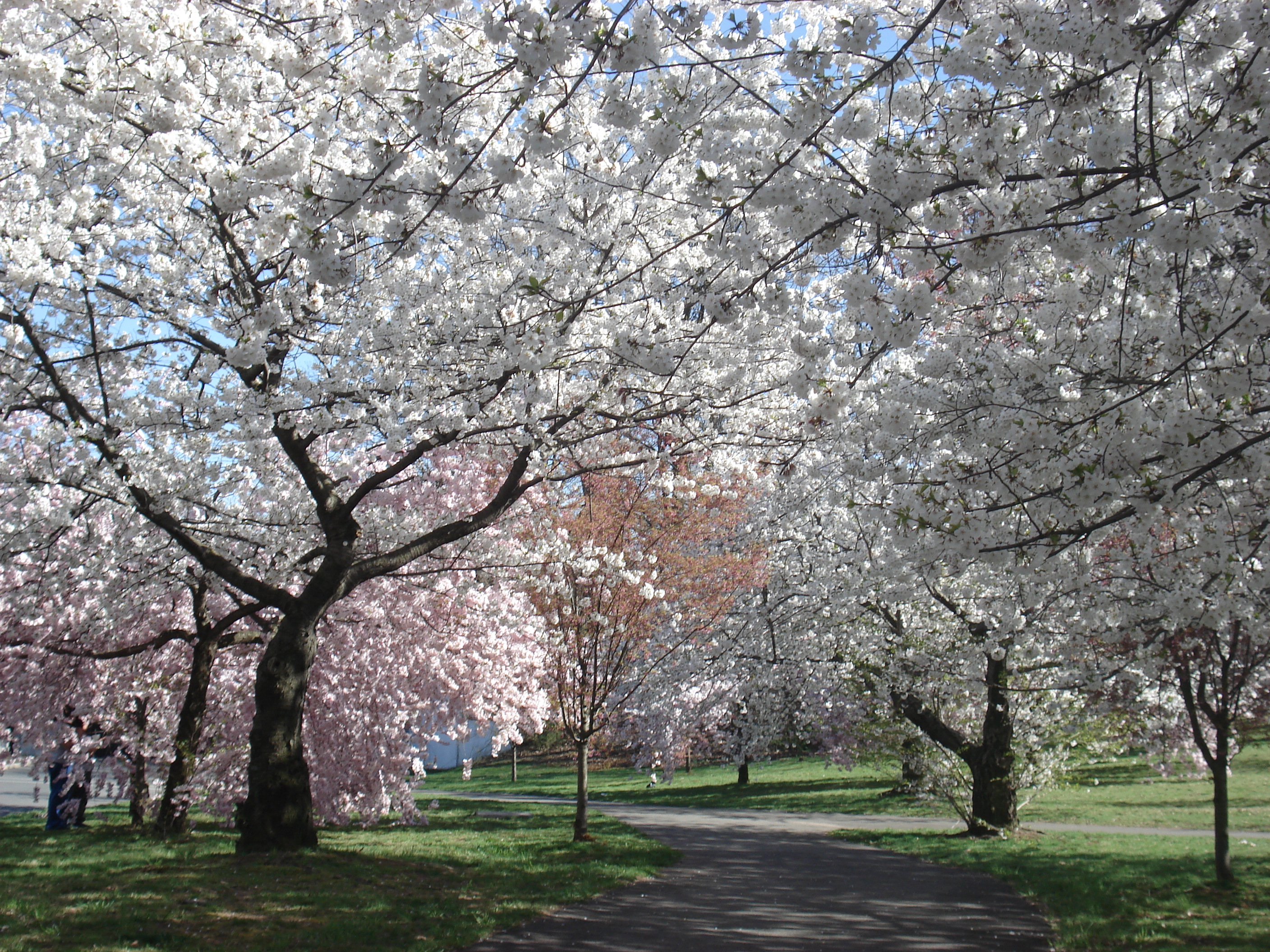
Information technology expert Amita Vadlamudi possesses a bachelor’s degree in computer science. She has worked in the IT field for over three decades. In her spare time, Amita Vadlamudi tries to stay in good health and good fitness by swimming.
When it comes to competitive swimming, there are four types of strokes that are used to measure athletic ability: the backstroke, the breaststroke, butterfly stroke, and the freestyle stroke. Together, all four strokes make up the individual medley. The backstroke involves a swimmer laying on his or her back in the water and fluttering their legs while alternating arm movements. Conversely, a breaststroke requires a swimmer to swim on their front side. Creating a heart-shaped pattern, the arms move from the front of the breast and finish on or below the surface of the water.
Of the strokes, the butterfly is considered the most elegant because of its combination of overhead strokes and dolphin kicks that create a ripple or wave effect. The legs remain close together as a swimmer engages in a butterfly stroke.
The final type is the freestyle stroke. As the name states, a swimmer has the option to choose the type of movement he or she would like to use. The crawl stroke is the most commonly chosen freestyle stroke. It involves a simple alternating of the arms and legs.


